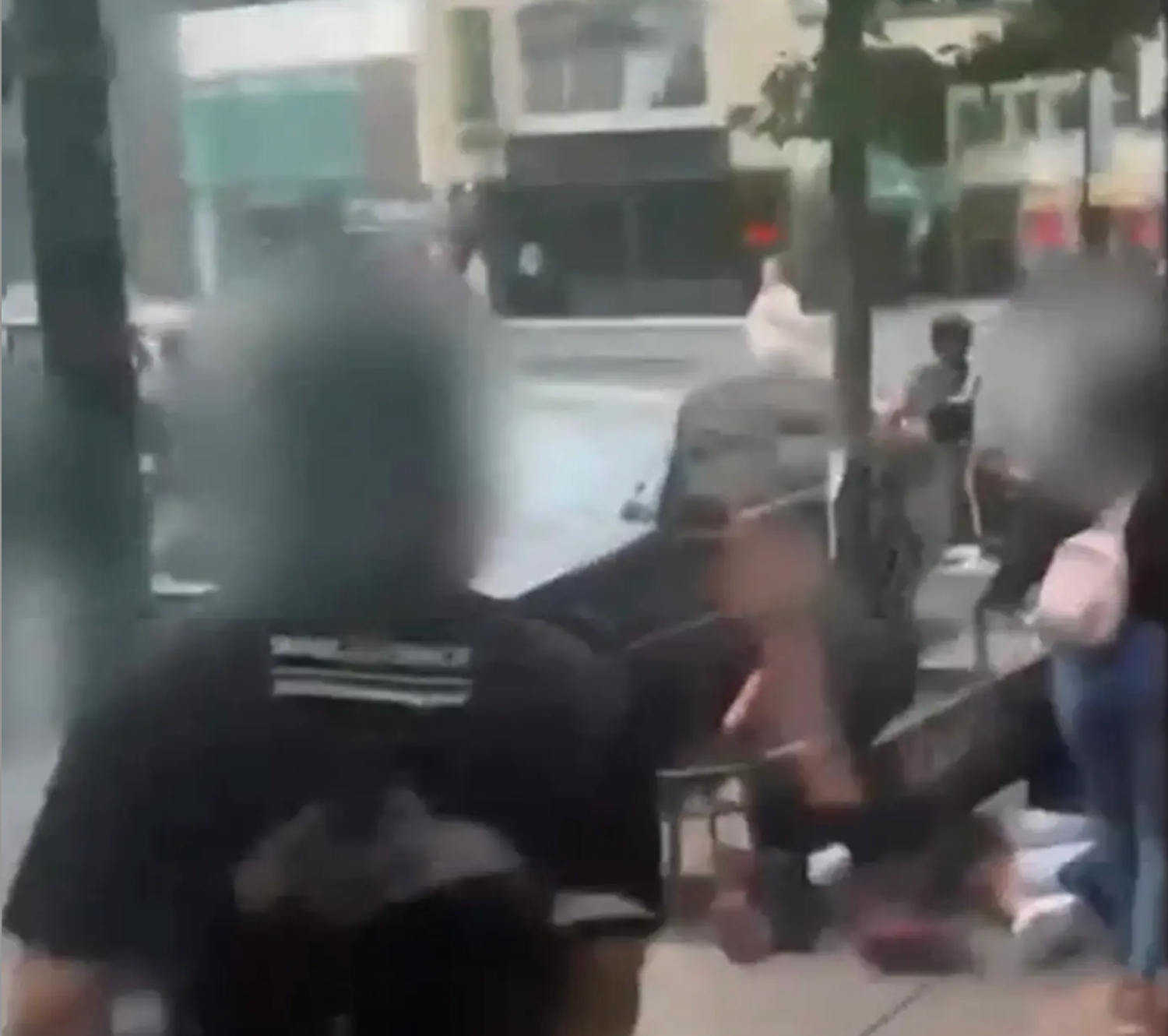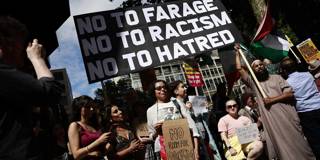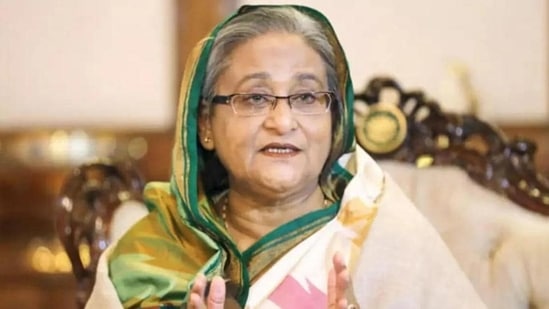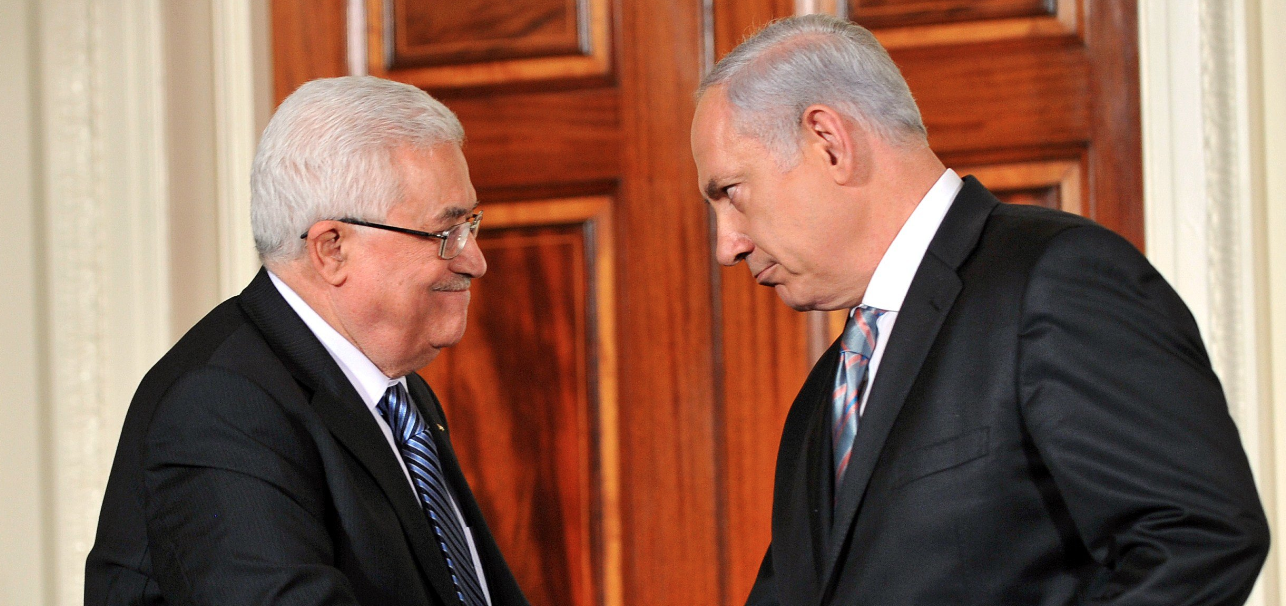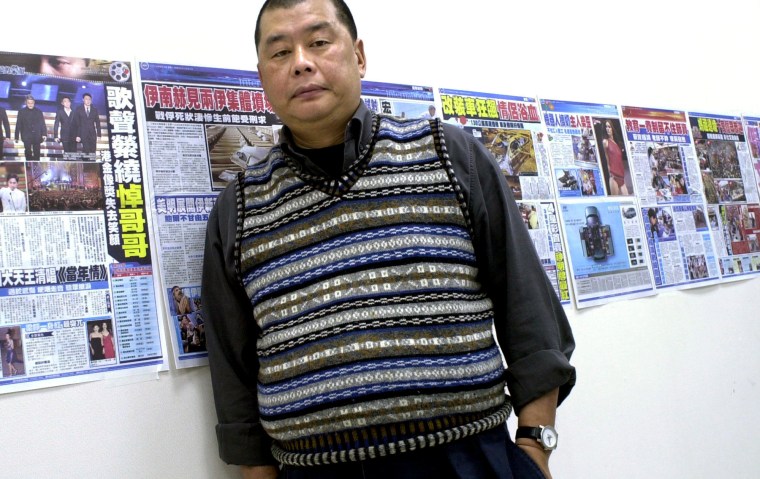August 19, 2024
Greg Myre
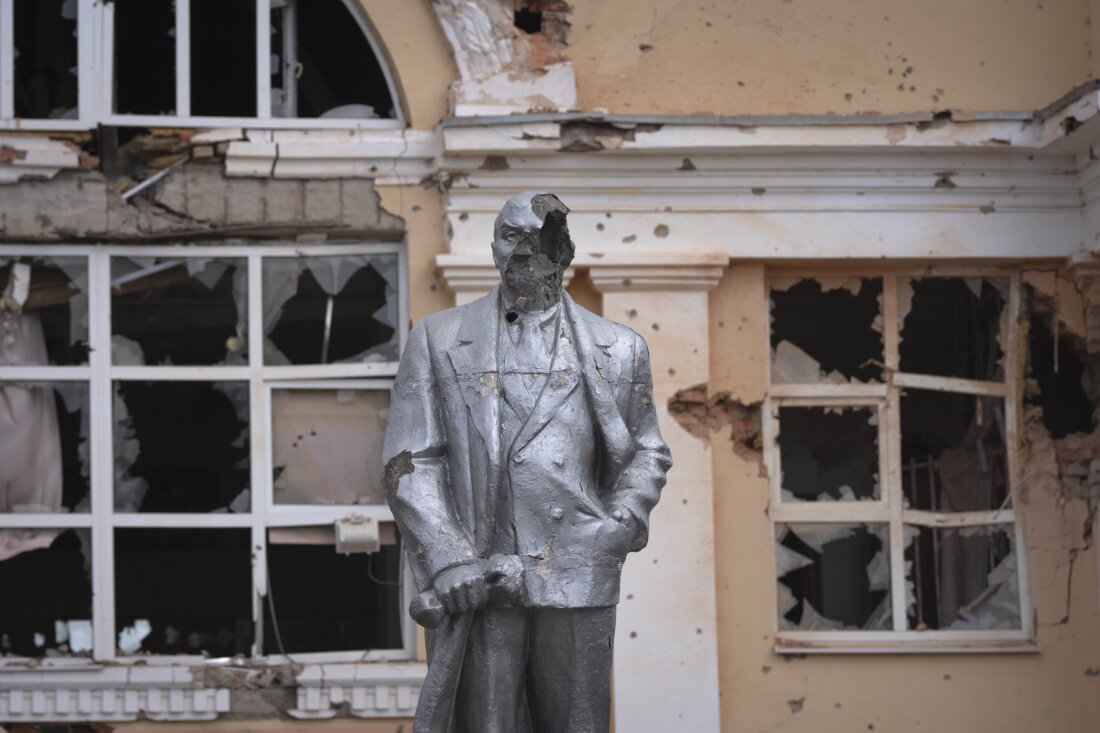
A damaged statue of Soviet Union founder Vladimir Lenin in a central square in Sudzha, in the Kursk region of western Russia, on Aug. 16. Ukrainian troops say they've taken control of Sudzha, one of more than 80 towns and villages they've captured since a cross-border invasion of Russia on Aug. 6.-/AP
KYIV, Ukraine — The front line in the Russia-Ukraine war stretches for more than 600 miles. Yet roughly speaking, it breaks down into three separate fronts — in Ukraine's north, east and south — which are all playing out differently.
The latest front is just across Ukraine's northern border, where Ukrainian troops carried out a surprise invasion into Russian territory on Aug. 6, and are solidifying their positions two weeks after that breakthrough.

Ukraine invasion — explained
Ukrainian forces attack a second border region in western Russia
In eastern Ukraine, Russian forces are making steady advances and are closing in on a town that's crucial for Ukraine's military supply lines.
And in the south, in the Black Sea, Ukraine has delivered an ongoing series of powerful blows to the Russian navy and carved out a channel that allows it to export its wheat and other agricultural products.
Here's a closer look at all three.
In the north, a "buffer zone"
Ukraine said over the weekend it knocked out two bridges that cross the Seym River in western Russia, rendering them useless.
Sponsor Message
This cuts off key transportation routes that Russia could have used to send reinforcements into the Kursk region, with the intent of driving out the Ukrainian forces that have been taking and holding ground for the past two weeks.
However, it also suggests Ukraine is adopting a defensive position and is not looking to advance deeper into Russia, at least in this area.
In video remarks Sunday night, Ukrainian President Volodymyr Zelenskyy said Ukraine was trying to keep Russia away from the border region it has used to stage attacks against Ukraine.
"The creation of a buffer zone on the aggressor's territory is our operation in the Kursk region," Zelenskyy said.
In May, the Russians attempted to advance on the city Kharkiv, just 20 miles inside Ukraine. Ukraine halted the Russian ground offensive, though the city and surrounding areas still come under frequent Russian airstrikes with glide bombs that are difficult to defend against.

Ukraine invasion — explained
Ukraine's Kharkiv has withstood Russia's relentless strikes. Locals fear what's next
After lightning advances in the first few days of its incursion, Ukraine's forces inside Russia have been making only limited gains in the past week. Ukraine is still providing limited details of the operation, but Zelenskyy, military analysts and a range of media reports indicate Ukrainian forces are solidifying their positions.
Ukraine's military says it has taken more than 80 villages and towns and now controls more than 400 square miles in the Kursk region. Those figures cannot be independently confirmed.
The Ukrainians have captured, at minimum, several hundred Russian troops. Ukraine's military allowed journalists to see more than 300 Russian prisoners of war who have been moved across the border and placed in a Ukrainian prison.
Meanwhile, Russia has not yet mounted a significant counterattack. Russian officials says additional troops are on the way, and Russian television has shown columns of troops and equipment heading to Kursk.
But so far, the fighting appears limited to mostly small-scale clashes. The Russians appear to be drawing their forces from other parts of Russia — and not from front-line troops already fighting inside Ukraine.
One of Ukraine's goals with the incursion into Russia is to draw Russian forces away from the front line in eastern Ukraine, but there's no evidence this has happened on any significant scale so far.
In Russia, President Vladimir Putin has not commented on the Ukrainian invasion for the past week, and made a visit Monday to Azerbaijan.

Smoke billows above a bridge on the Seym River in Russia's western region of Kursk. Ukraine's military released the footage on Sunday, saying this was the second bridge on the river it has destroyed in recent days. The bridge could have been a route for Russia to send in reinforcements to the area, where Ukrainian troops invaded Russia on Aug. 6.Ukrainian Armed Forces/via AP
In the east, Russian troops close in on a key town
Eastern Ukraine is still the main battlefront. The Russians claimed the capture of another small town Monday and are now less than 10 miles from the town of Pokrovsk.
Pokrovsk is a transportation hub that Ukraine uses to send troops and supplies to its front-line positions in the east. If the Russians take the town, Ukraine will have a tougher time supporting forces that are already outnumbered and outgunned.
For the past several days, Ukrainian officials have been urging civilians in Pokrovsk to evacuate to safer areas.
"With every passing day there is less and less time to collect personal belongings and leave for safer regions," local officials in Pokrovsk said in a recent statement.
Throughout the war, Ukraine has had a shortage of troops in the east. By sending thousands of its troops into Russia, Ukraine could be even more vulnerable in areas where it's struggling to stop Russian advances.
Weapons packages from the U.S. and European states are arriving, but not fast enough, according to Zelenskyy.
"We need to speed up the supply from our partners," Zelenskyy said in his Sunday night remarks. "There are no holidays in war. We need solutions, we need timely logistics of announced [weapons] packages. I am especially appealing now to the United States, Great Britain, and France."
In the Black Sea, Ukraine creates an export channel
One of Ukraine's biggest successes over the past year has been driving back the Russian navy in the Black Sea and establishing a shipping channel so it can again export grain and other agricultural products to world markets.
Russia dominated the Black Sea and blocked Ukrainian exports after its full-scale invasion in 2022. A subsequent deal that allowed limited Ukrainian exports fell apart last summer.
But Ukraine has found its own solution. Ukraine has fired missiles from land, hitting Russian ships that ventured too near the coast, and Ukraine also has developed its own sea drones to attack Russian vessels.
Retired U.S. Adm. Jame Foggo, who worked alongside the Ukrainian Navy in the Black Sea a decade ago, said the sea drones point to Ukraine's naval ingenuity.
"They're jet skis with explosives packed on them," said Foggo, who now heads the Center for Maritime Strategy in Arlington, Va. "They have some kind of remote control from some kind of command center. I don't know what kind of radio control they have on these things, but they're pretty darn good."
The Ukrainian missile and sea drone attacks have forced Russian ships to retreat from the western half of the Black Sea, opening the channel along the western coast for Ukrainian exports.
Ukraine announced last week that it's been one year since this option became available, and 2,300 cargo ships have used the route, an average of more than six a day. Ukraine also says it's approaching its prewar exports of wheat and other farm products at around 5 million tons a month.
Sponsor Message
Foggo called this a remarkable achievement.
"The Ukrainians, without a floating navy, have been able to destroy about one-third of the [Russian] Black Sea fleet," or about 25 ships and submarines. "That's absolutely amazing," he said.
